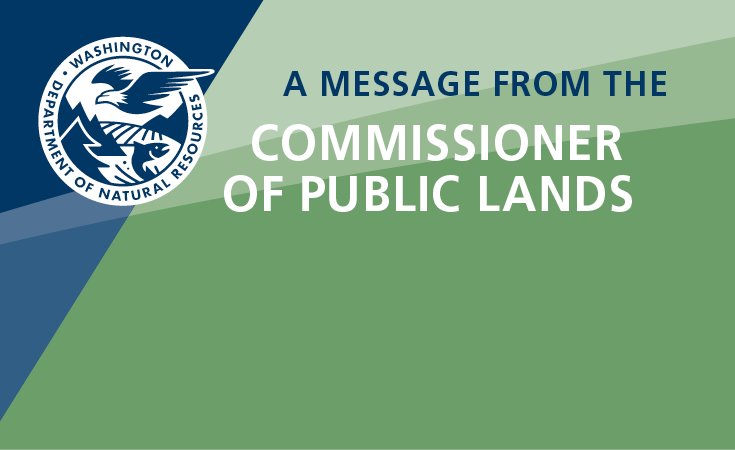Action 12: Support Environmental Justice and Human Health Benefits
Salmon recovery and restoration activities produce direct outcomes for salmon and multiple benefits outcomes for the wellbeing of people and communities. DNR approaches watershed resilience with the belief that we can advance salmon recovery by recognizing these interconnections between ecosystem and human wellbeing. We seek to create environmental benefits for people and advance equity and environmental justice.
Outcome 26: Conduct an Environmental Justice Assessment including meaningful community engagement on 100% of Watershed Resilience Action Plan projects in the watershed by 2023.
Outcome 27: Ensure 100% of projects located in overburdened communities ranked seven and above on the Environmental Health Disparities Map are implemented by 2025.
Outcome 28: Utilize social determinants of health lens and community-centered process to identify restoration projects with significant human health benefits by 2026.
0-3 Year Actions
Action 12.1 WatershedConnect II
Study and communicate about environmental justice components of salmon recovery work. Include Environmental Health Disparities Map layers in WatershedConnect and assess the distribution of projects in overburdened communities.
Action 12.2 Human Health Benefits of Salmon Recovery
Conduct an assessment of the human health benefits of salmon recovery project types included on WatershedConnect, working with community partners and environmental organizations to assess health benefits and develop a methodology. Share findings with watershed partners, state agencies and others.
Action 12.3 Environmental Health Disparities Map
Explore opportunities to enhance Environmental Health Disparities map with inclusion of additional data relevant to environmental health and related challenges of particular relevance in urban areas. Participate in efforts to communicate the value of these features with broad audiences.
Action 12.4 Environmental Justice Principles and Metrics
Explore opportunities to incorporate environmental justice principles and metrics into restoration funding systems in the Snohomish Watershed. Opportunities may include creation of an Equity and Environmental Justice working group within the WRIA 7 forum.
Action 12.5 Urban Forestry Management Plan
DNR's urban and community forestry (UCF) program will work with local governments and EJ partners to determine best practices and recommendations for urban forestry management plans and community engagement.
Action 12.6 Environmental Justice Assessment
lot the use of an Environmental Justice Assessment (based on the HEAL Act/SB 5141 and EJ Task Force Recommendations). Seek to share findings with watershed partners and expand the use of this tool, including on projects that go beyond minimum requirements of 5141.
Action 12.7 Prioritizing Overburdened Communities
Target project fundraising efforts to projects located in overburdened communities. Implement at least 50% of projects located in overburdened communities ranked seven and above. There are 12 projects in census tracts ranked seven to nine based on current list incorporated in WatershedConnect.
4-10 Year Actions
Action 12.8 Prioritizing Overburdened COmmunities II
Fund and implement 100% of projects in overburdened communities ranked 7 and above by 2025.
Action 12.8 Human Health Benefits
Participate in projects that seek to better include human wellbeing in restoration project design. Incorporate these into DNR ongoing work (including development of Environmental Justice Assessments), and share findings with watershed partners.


